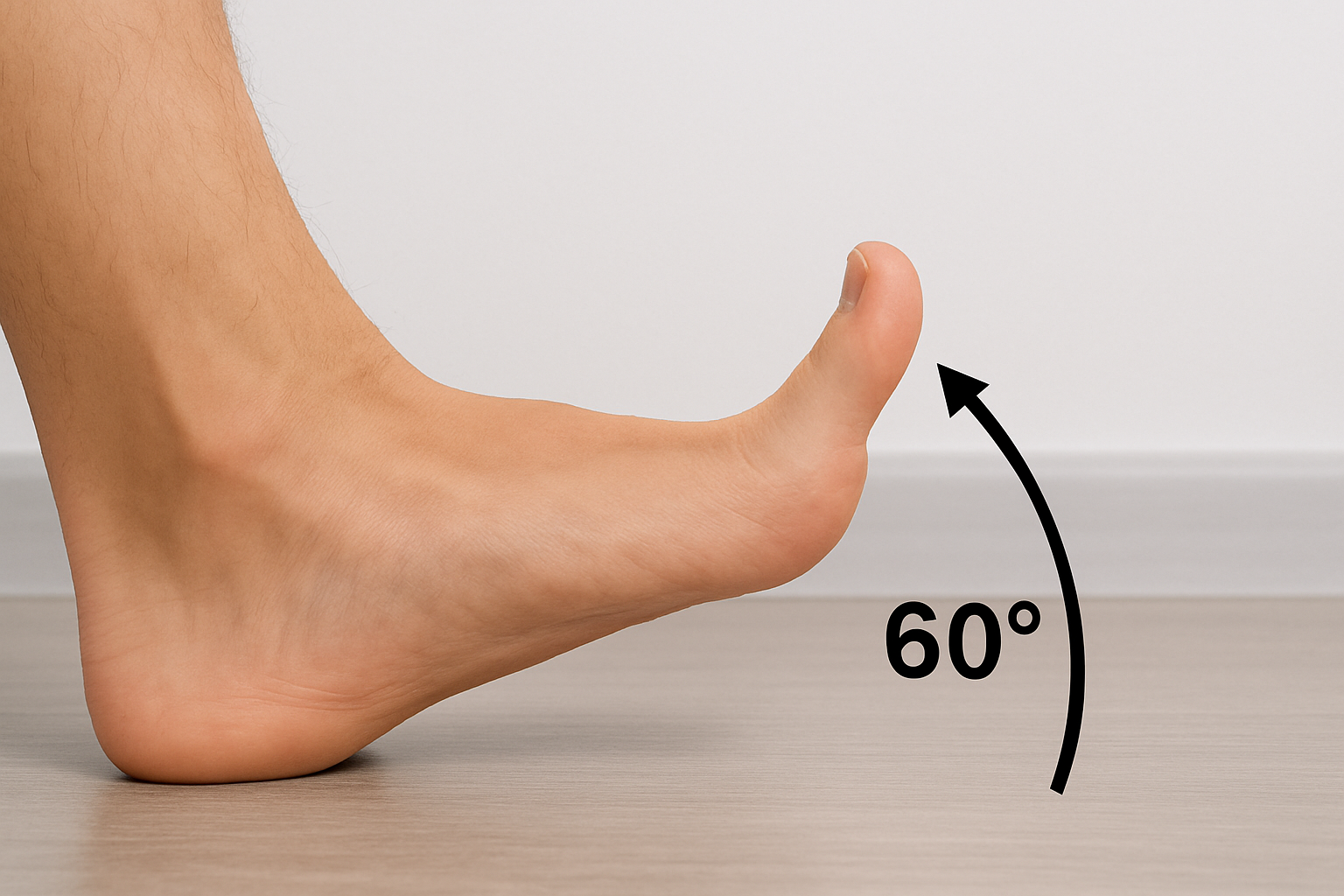Why Your Big Toe Could Be the Key to Better Movement (and Fewer Injuries)
When most people think about running or walking well, they focus on big muscles: quads, glutes, calves. But there’s a small, often overlooked hero that quietly carries a huge workload every single step you take — your big toe.
It might not look like much, but the big toe (or hallux, if you want to sound fancy) plays a massive role in how efficiently you move and how well you avoid injuries. Let’s dig into why this small joint is so important, and what happens when it doesn’t do its job.
The Big Toe’s Role in Gait
Every time you take a step, your foot rolls forward until your big toe is the last point of contact with the ground. In that moment, the big toe acts like a springboard. It provides:
Push-off power: Around 80–85% of your forward propulsion comes from the big toe.
Balance and stability: It helps control side-to-side sway and keeps you upright.
Arch support: It works with the plantar fascia to maintain your foot’s natural arch.
Shock absorption: By spreading load across the forefoot, it reduces strain higher up the chain.
Without enough movement at the big toe — ideally about 60–70° of extension — your body has to find workarounds. Unfortunately, these “compensations” often shift stress into the ankle, knee, hip, or even the lower back.
What Happens When the Big Toe Can’t Do Its Job
A stiff or weak big toe may not sound like a big deal, but it’s linked to a whole list of common injuries and aches:
Plantar fasciitis (heel pain)
Bunions (hallux valgus)
Turf toe (sprain of the toe joint)
Metatarsalgia (pain under the ball of the foot)
Achilles tendinopathy
Shin splints
Knee pain
Even hip or low back pain
In other words, if the big toe doesn’t bend, something else will — and usually it’s not happy about it.
Simple Ways to Improve Big Toe Function
The good news? You can train your big toe just like any other part of the body. Here are three simple drills you can try today:
1. Toe Extensions
Sit or stand with your foot flat. Keep the ball of your foot pressed down while lifting just your big toe. Hold for a few seconds and repeat 10–12 times. This trains independence and control.
2. Big Toe Stretch (Lunge Position)
In a half-kneeling lunge, tuck your back foot so the toes press into the floor. Gently shift your weight forward to stretch the toe into extension. Hold for 20–30 seconds, repeat 2–3 times.
3. Towel Scrunches / Marble Pick-ups
Place a towel or small objects on the floor. Use your toes to grip and scrunch or pick them up. Perform 2–3 sets of 20 reps to strengthen your foot and arch.
Frequently Asked Questions
Why is the big toe so important for running?
The big toe provides up to 85% of your push-off force, stabilises your arch, and helps you move efficiently. Without it, your body compensates in less efficient (and often painful) ways.
Can a stiff big toe cause injuries?
Yes. Limited big toe mobility can lead to plantar fasciitis, Achilles tendinopathy, shin splints, knee pain, and even hip or lower back problems.
How can I strengthen my big toe?
Simple exercises like toe extensions, towel scrunches, and marble pick-ups can build strength. Adding stretches in a lunge position helps improve mobility too.
Do I need 60–70° of big toe extension?
That’s the general goal for efficient walking and running mechanics. Less than that often leads to compensations elsewhere in your stride.
How often should I do big toe drills?
2–3 times per week is plenty for most runners. If you’re recovering from an injury, daily mobility work may be helpful.
The Bottom Line
Your big toe is more than just a stub you occasionally smash into furniture — it’s a powerhouse of movement efficiency and injury prevention. Strong, mobile toes mean smoother strides, better balance, and less risk of those annoying overuse injuries.
So, the next time you’re tempted to skip footwork drills, remember: don’t skip toe day.

